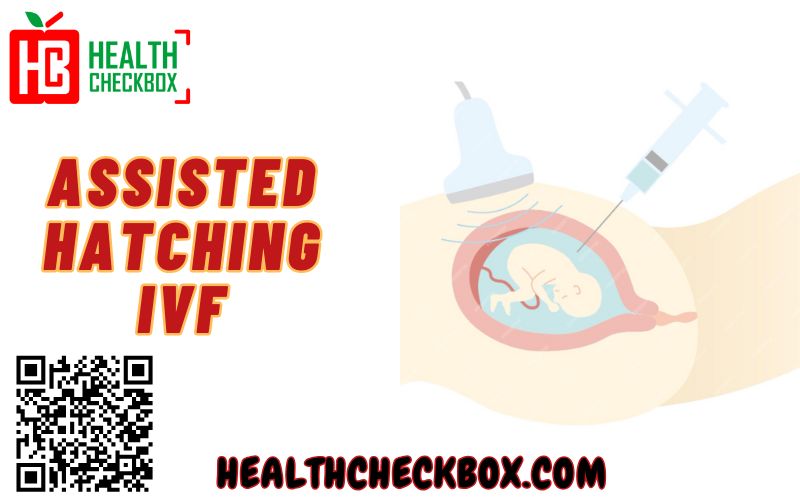


assisted hatching IVF has given new hope to those undergoing IVF by addressing one of the key obstacles to successful embryo implantation.
In the realm of fertility treatments, assisted hatching is a revolutionary technique that has brought hope to countless couples struggling with infertility. Often used in conjunction with in vitro fertilization (IVF), assisted hatching IVF can significantly improve the chances of embryo implantation and a successful pregnancy. But what exactly is assisted hatching, how does it work, and why is it a game-changer for IVF patients? Let’s dive into the science and significance behind this powerful procedure.
Assisted hatching is a laboratory procedure used during the IVF process to help embryos implant in the uterine lining more successfully. During a typical IVF cycle, eggs are fertilized outside the body, creating embryos that are then cultured for several days before being transferred into the woman’s uterus.
In nature, the embryo is surrounded by a protective shell called the zona pellucida. Before implantation can occur, the embryo must “hatch” or break free from this shell to attach to the uterine lining. In some cases, the zona pellucida is too thick or tough, making it difficult for the embryo to hatch on its own, which can hinder the implantation process.
Assisted hatching helps the embryo break free from this shell by creating a small hole in the zona pellucida. This can be done chemically, mechanically, or with a laser. The idea is to give the embryo a helping hand, making it easier for the embryo to implant in the uterus, ultimately improving the chances of a successful pregnancy.
The process of assisted hatching IVF typically follows these steps:
Laser Assisted Hatching: A laser is used to create a small hole in the zona pellucida, allowing the embryo to hatch more easily.
Chemical Assisted Hatching: A chemical substance is applied to thin out the zona pellucida, making it easier for the embryo to break free.
Mechanical Assisted Hatching: A fine needle or pipette is used to physically breach the zona pellucida.
The primary benefit of assisted hatching lies in its potential to increase the success rates of IVF by improving the chances of embryo implantation. But why exactly does this technique work?
While assisted hatching IVF is a promising procedure, it is not recommended for all IVF patients. It is typically considered for women who fall into one or more of the following categories:
Older women: Women over the age of 37 may benefit from assisted hatching due to the natural changes that occur with egg quality and the zona pellucida as they age.
The advancement of assisted hatching has given new hope to those undergoing IVF by addressing one of the key obstacles to successful embryo implantation. Whether it’s due to thicker zona pellucida, egg aging, or previous IVF failures, assisted hatching IVF has become an invaluable tool for improving the chances of pregnancy.
More Info -: https://crivva.com/
